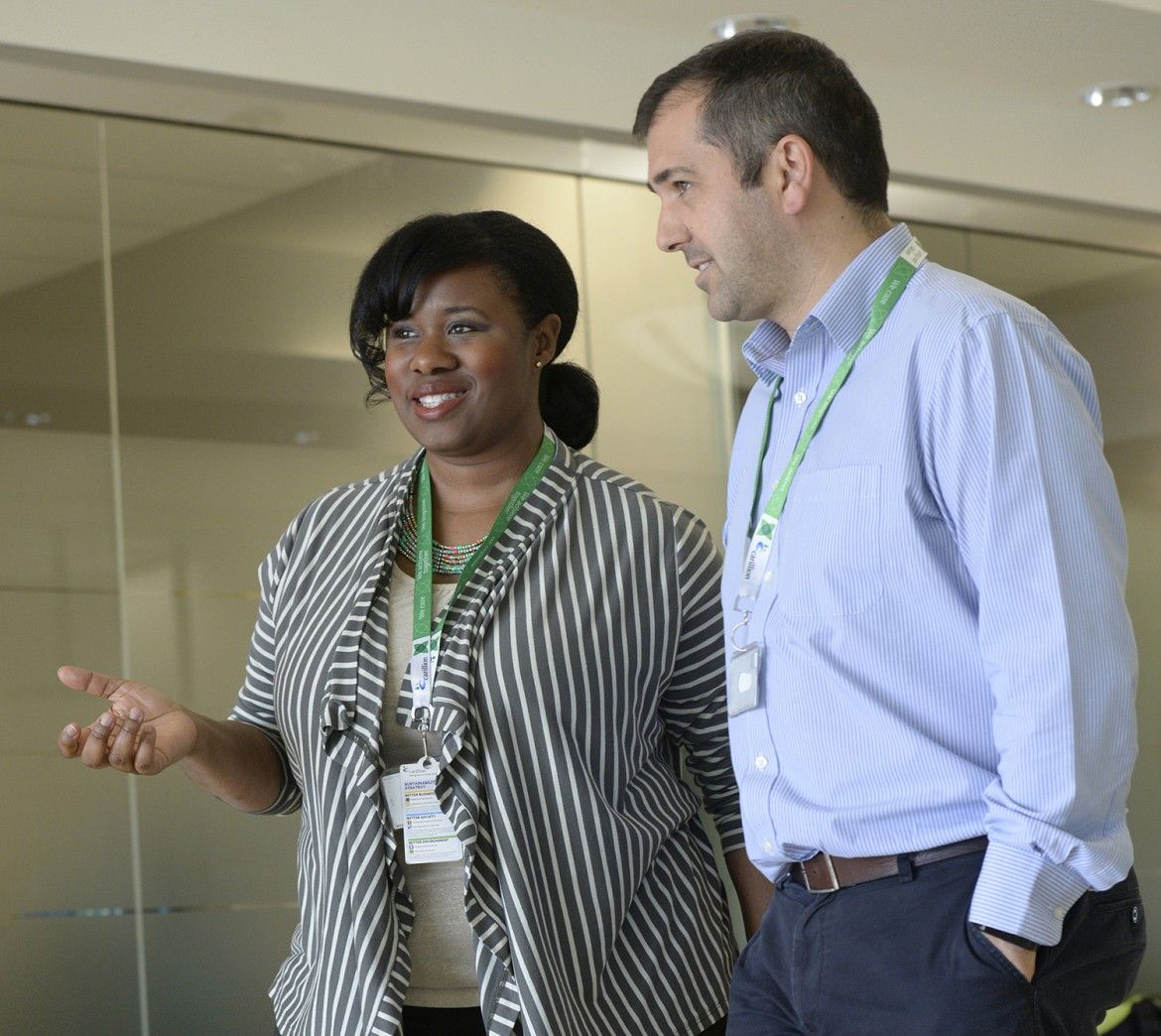Carillion Canada has a strong record on occupational health and safety (OHS), so much so that it won a Canada Safest Employers award from Canadian Occupational Safety magazine for two years in a row, in 2014 and 2015.
“Health and safety is really at the forefront of everything,” Lee-Anne Lyon-Bartley told At Work, the quarterly newsletter of the Institute for Work & Health (IWH). Lyon-Bartley is the health, safety, quality and sustainability manager for the services business at Carillion Canada. “We have very visible leadership, and a lot of programs and initiatives on health and safety. It makes my job easier having such a strong safety culture and mindful leadership in place.”
But employers with good health and safety records know they may still have areas of weakness within their organization. Indeed, many are committed to learning what they are as part of their goal of continuous improvement. Carillion Canada, a construction and facilities management company employing 6,000 people, is one of these.
So when Lyon-Bartley learned of IWH’s OHS Vulnerability Measure in June 2015, she wanted to find out more. She heard of the measure through her involvement on the Commercial Industrial Services (CIS) Advisory Committee of Workplace Safety & Prevention Services (WSPS), one of Ontario’s four sector-based health and safety associations. At the time, a research team at IWH was recruiting companies for a study testing the application and feasibility of the tool in workplaces, and it had reached out to WSPS for help.
Taking part in research a "win-win"
Carillion signed up out of a wish to support workplace health research. “We’re interested in being engaged and involved in research—in providing real-life, on-site opportunities for research,” Lyon-Bartley said. “We knew we might benefit from the information we get, and we hope that others might also benefit from the results that come out of a study. If Carillion can help make workplaces in Canada safer, then it’s a win-win for all of us.”
The OHS Vulnerability Measure is a 27-item employee survey developed to assess vulnerability to risk of work injury. It considers workers vulnerable when they are exposed to hazards and not aware of health and safety issues, or not empowered to speak up or refuse work, or not adequately protected by the organization’s OHS practices and policies. (You can learn more about the development of this measure here.)

So what did Lyon-Bartley expect to find? “I expected to find some vulnerability—I think anyone would—but I wasn’t sure what it would look like or where it would be,” she said. “We wanted to find out these things to help us learn where to further our efforts in terms of prevention and continuous improvement.”
The results confirmed a few positives that Lyon-Bartley had always known about Carillion. A majority of the respondents said their supervisors were aware of workplace hazards, for example. “Also, employees knew they could report hazards using our ‘Don’t Walk By’ program, as well as report near misses and accidents, no matter how minor they may seem. So it’s good to know that they are clear on that.”
The company was also pleased that its investment around regular, ongoing training was evident, as respondents said they had received training in the past 12 months.
Still, there were a few surprises. “Many respondents did not know about Ontario’s mandatory health and safety awareness training, even though they all went through it,” Lyon-Bartley said. “So that has us saying: Okay, did we miss something? Did we not communicate it properly?”
Somewhat more sobering for Lyon-Bartley were employee responses with respect to empowerment. “Around empowerment is where there’s room for improvement,” said Lyon-Bartley. “Some people felt they did not have enough authority over their own work.”
Research findings kept in mind during policy update
At the time of getting the results, the company was in the process of reviewing and changing its management system, and the findings were “in the back of their minds” when updating policies and procedures, Lyon-Bartley said. “For example, in terms of training and communication, we’re already thinking differently about how we communicate and whether our messages get to all employees effectively.”
Beyond the ability to benchmark Carillion against other Ontario employers (a benefit enjoyed by participants of this research project), Lyon-Bartley liked how the IWH measure frames vulnerability. “Overall, the idea of looking at vulnerability beyond the individual is what I appreciated,” she said. “When you hear ‘vulnerable workers,’ you associate it with certain groups of people. This takes that perspective away and allows you to look at vulnerability more objectively, putting the issue back on the workplace and not the worker.”
Lyon-Bartley said she expects the company to use the survey again, potentially offering the survey to a larger cross-section of the company. The OHS Vulnerability Measure is free to download at: www.iwh.on.ca/ohs-vulnerability-measure.